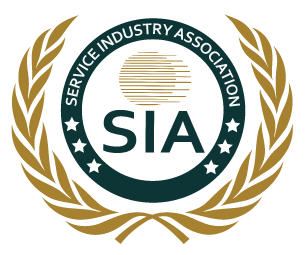OEM vs TPM: Which is Right for Your Business?
As companies look to maximize their return on important capital investments, many are looking to extend the life of their hardware. Instead of opting for unnecessary upgrades or expensive post-warranty OEM contracts, they’re considering service contracts with a third-party maintainer (TPM). Before making this decision, it’s important to understand the risks and rewards.
Below are five reasons a TPM may be the smartest strategy for your IT environment:
Superior service
Because TPMs are focused on servicing customers (rather than selling hardware), they’re usually more responsive and able to offer faster access to advanced problem-solving support. Customers can expect case management to be more personalized with an experienced technician as their first point of contact. Their depth of knowledge is readily accessible, and research shows that a majority of companies switching to TPMs are quite happy. A vast majority of contracts that go from an OEM to a TPM stick with a third party maintainer permanently.
Extended life of equipment
OEMs often recommend upgrading perfectly functioning hardware assets as the warranty nears expiration. If you don’t, it means an expensive post-warranty maintenance contract and eventually a diminished or end to OEM support. But if you have an aging and stable infrastructure or you’re running legacy software to maximize your ROI, you might prefer to keep your existing infrastructure. With a TPM, you can extend the life of your equipment and continue to service and maintain it well after it’s deemed end of service by the manufacturer.
Multi-vendor support
Many organizations utilize equipment from multiple vendors and carry several OEM agreements. Each incurs overhead, requiring additional time (and paperwork) to juggle the contracts. With a TPM, companies can receive support for multiple manufacturers — all in one contract. Consolidating services allows you to gain efficiencies, save the hassle of dealing with multiple vendors, and rely on predictable costs. It also alleviates issues of finger pointing that can occur with multiple service providers.
Customizable service agreements
TPMs are able to provide an array of services, allowing you to tailor maintenance packages to your specific needs, rather than a one-size-fits-all approach. This flexible approach allows you to eliminate unnecessary services and puts you in the driver’s seat when it comes to choosing solutions that best match your requirements and budget. TPMs can easily customize solutions—from making simple contract changes to offering flexible lengths of service or coterminous contracts. This aligns all of your agreements to one common expiration date.
Reduced cost
The OEM business model relies heavily on developing and selling new equipment, so they guide customers toward technology refreshes rather than extending the asset lifecycle of those devices. Because of this, OEMs often increase the cost of after-warranty maintenance services year over year, even ending support for products before end of life. This can lead to costly and unnecessary upgrades for companies. With a TPM, you can extend the life of your system through maintenance and support at a much lower price point. The savings can be significant, often saving clients 60% off OEM support list prices.
Deciding whether to stay with an OEM, switch to a TPM, or engage in a hybrid approach is an important decision. Working with a member of the Service Industry Association will ensure that you are partnering with a quality provider.

